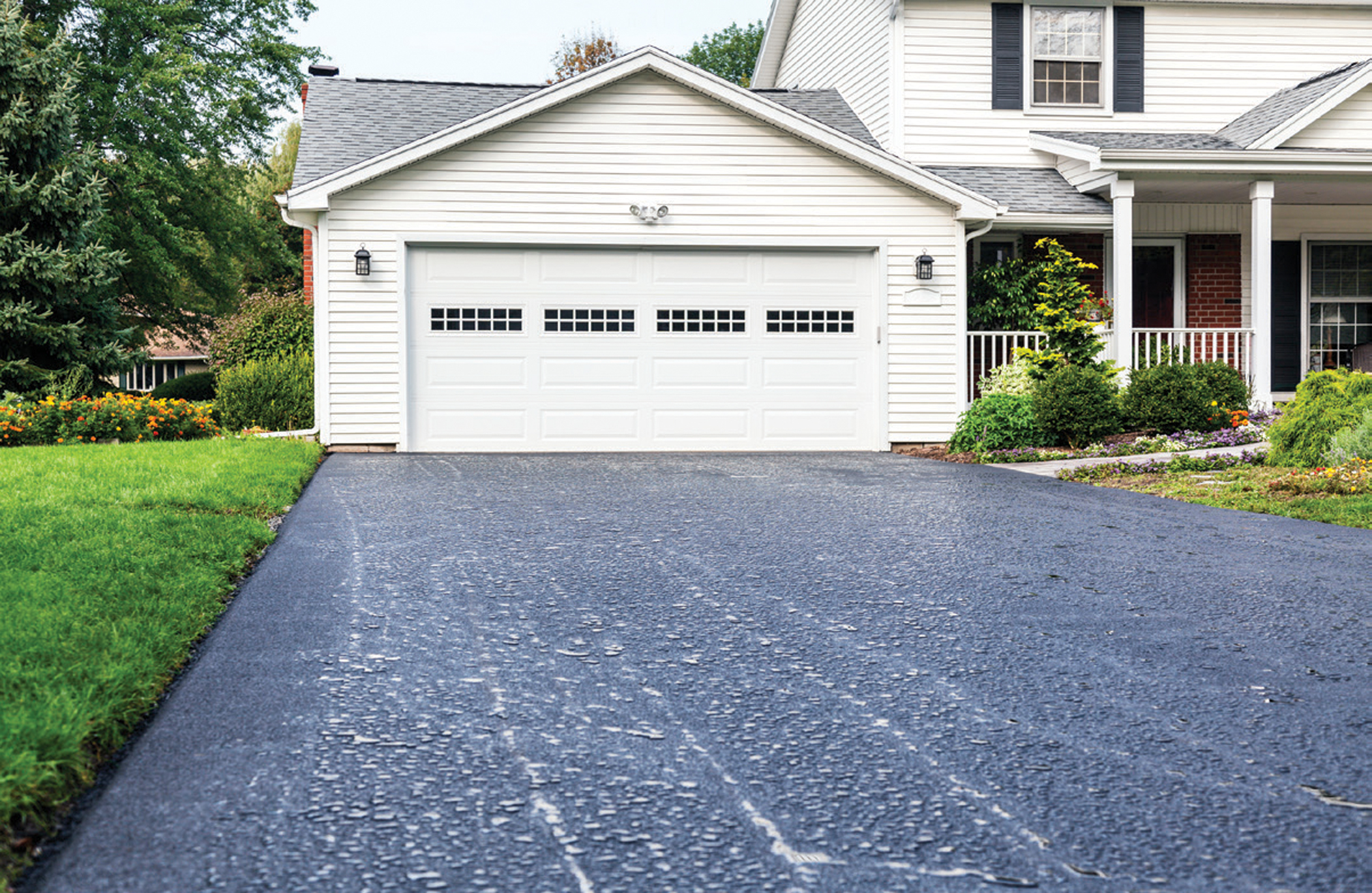Warm Mix Asphalt: A Sustainable Remedy for Pavement
Hot Mix Asphalt (HMA) has arised as a leading lasting selection for pavement services, providing a myriad of ecological benefits and ingenious technologies. Its ability to reuse products and lower energy usage offers a compelling case for its adoption in road building and construction tasks. The lasting efficiency and resilience of HMA make it a favored option for framework advancement. As the need for environmentally friendly building methods grows, discovering the subtleties of HMA's sustainability can offer beneficial insights right into the future of sidewalk solutions.
Environmental Advantages of Hot Mix Asphalt

Additionally, Hot Mix Asphalt assists to mitigate metropolitan warmth island impacts. Its dark color soaks up sunlight, decreasing the amount of heat showed back right into the environment compared to lighter-colored sidewalks. This can decrease ambient temperature levels in urban areas, decreasing the need for air conditioning and ultimately decreasing energy usage.
In addition, Warm Mix Asphalt adds to boosted stormwater monitoring. Its permeable nature allows water to infiltrate the pavement and reenergize groundwater materials, decreasing runoff and the danger of flooding. These ecological benefits make Hot Mix Asphalt a lasting selection for leading roadways and freeways.
Power Efficiency in HMA Production
Is energy effectiveness an important factor in the production of Warm Mix Asphalt (HMA)? Energy plays a significant function in the production of HMA, impacting both expense and environmental sustainability. One crucial element of energy performance in HMA manufacturing is the usage of warm mix asphalt (WMA) innovations.
Additionally, innovations in plant innovations have led to more energy-efficient HMA production processes. Modern plants are designed with features like recycled asphalt pavement (RAP) handling capabilities, efficient burner systems, and improved insulation, all contributing to energy cost savings. By optimizing power use in HMA manufacturing, the sector can lower its carbon impact while keeping high-quality sidewalk materials. Power performance is, therefore, a vital factor to consider in guaranteeing the sustainability of Hot Mix Asphalt manufacturing.
Recyclability of Hot Mix Asphalt
The recyclability of Hot Mix Asphalt (HMA) is a pivotal element of its sustainability and lasting environmental effect. HMA is among the most recycled products in the USA, with over 100 million lots of reclaimed asphalt pavement (RAP) being recycled each year in brand-new pavement construction. Reusing HMA offers numerous environmental benefits, such blog here as minimizing the requirement for virgin materials, decreasing power intake throughout production, and decreasing the quantity of waste sent to landfills.
The process of reusing HMA includes grating the existing sidewalk, squashing it into smaller pieces, and blending it with new accumulation and asphalt binder to produce a recycled mix. Generally, the recyclability of HMA plays a significant role in promoting lasting methods within the sidewalk market.

Long-Term Performance of HMA
Asphalt pavements demonstrate resilience and durability over an extended period, reflecting the long-lasting performance of Warm Mix Asphalt (HMA) The long life of HMA can be credited to its ability to hold up against rush hour lots, severe weather, and the results of aging. Researches have revealed that properly designed and correctly constructed HMA pavements can last for two decades or even more with normal maintenance. The key to maximizing the lasting performance of HMA exists in using top quality materials, adhering to best practices in building and construction, and implementing efficient maintenance techniques. Appropriate water drainage, regular assessments, and prompt fixings are necessary for preserving the structural honesty of HMA sidewalks over time. Additionally, advancements in HMA modern technology, such as making use of polymer-modified binders and warm mix asphalt, have even more enhanced the longevity and durability of HMA pavements. look at this now By prioritizing high quality building and maintenance methods, HMA proceeds to show itself as a sustainable and affordable remedy for long-lasting sidewalk framework.

HMA: Sturdiness and Sustainability
Demonstrating both durability and sustainability, Hot Mix Asphalt (HMA) has actually become a foundation in the building and construction of lasting sidewalk frameworks - regrading. HMA's resilience originates from its capacity to endure heavy lots, extreme weather, and high web traffic quantities, making it a reliable option for roadways, highways, and flight terminal paths. The structure of HMA, which commonly includes accumulations, binder, and filler, plays a crucial duty in improving its long life and resistance to tear and wear
Moreover, HMA's sustainability hinges on its recyclability and energy-efficient manufacturing procedure. The capacity to reuse redeemed asphalt sidewalk (RAP) in brand-new HMA combinations reduces the demand for virgin materials and decreases the environmental effect of pavement building and upkeep. Furthermore, the energy efficiency of generating HMA depends on its reduced blending temperatures contrasted to various other sidewalk products, bring about minimized energy intake and greenhouse gas exhausts.
Final Thought
Finally, hot mix asphalt (HMA) supplies a sustainable remedy for pavement with its eco friendly characteristics. HMA's recyclability, power effectiveness in production, and long-lasting longevity make it a green choice for roadway construction. By preserving natural deposits, lowering waste, and decreasing greenhouse gas discharges, HMA plays a critical function in promoting sustainability in facilities advancement. Its ability to reduce urban warm island impacts even more highlights its value in creating ecologically aware and resistant sidewalk systems.
HMA is one of the most recycled products in the United States, with over 100 million loads of redeemed asphalt pavement (RAP) being recycled every year in brand-new pavement construction.The procedure of reusing HMA involves milling the existing pavement, crushing it right into smaller items, and mixing it with brand-new accumulation and asphalt binder to develop a recycled mix.Asphalt pavements demonstrate resilience and strength over a prolonged period, mirroring the long-term efficiency of check over here Warm Mix Asphalt (HMA) In addition, developments in HMA innovation, such as the usage of polymer-modified binders and cozy mix asphalt, have better improved the longevity and long life of HMA sidewalks. The capacity to recycle recovered asphalt pavement (RAP) in new HMA blends lowers the need for virgin materials and minimizes the environmental influence of pavement building and construction and upkeep.